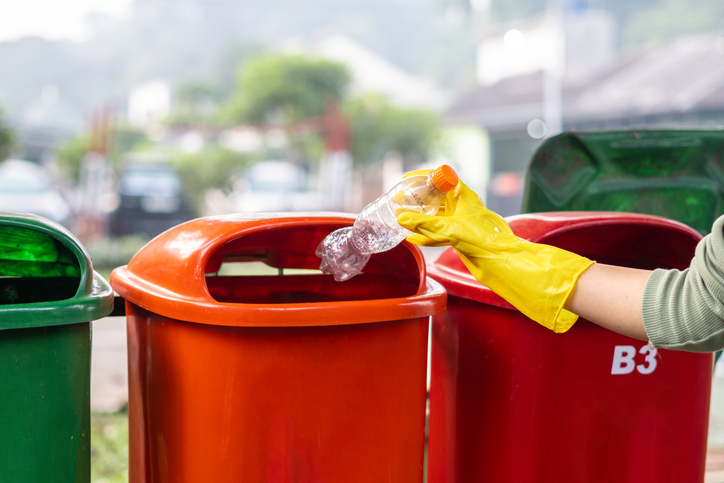Recycling is a crucial part of reducing waste and conserving resources, but many people still make common mistakes that hinder the effectiveness of recycling programs. Understanding these errors and knowing how to avoid them can help make your recycling efforts more successful and environmentally friendly. Here’s a look at some of the most common recycling mistakes and tips on how to correct them, along with a guide on how to recycle properly.
Top 5 Recycling Mistakes
Contaminating Recyclables
One of the most significant issues in recycling is contamination. Items that are food-soiled or greasy, such as pizza boxes or used paper towels, can ruin entire batches of recyclables. When these items are mixed with clean recyclables, they can lead to contamination that makes it difficult, or even impossible, for the recycling facility to process the materials.
Improper Sorting
Recycling programs often have specific guidelines for sorting materials. Mixing recyclables with non-recyclables or placing them in the wrong bins can create problems in the recycling process. It’s essential to separate materials like plastics, glass, paper, and metals according to local recycling guidelines.
Recycling Non-Recyclables
Not all items are suitable for curbside recycling. Plastic bags, certain types of plastics, and electronic waste often don’t belong in regular recycling bins. Many areas have specific programs for these items, such as drop-off points or special collection days. Check with your local waste management facility to find out the proper disposal methods for items that are not accepted in curbside recycling programs.
Overloading Bins
Placing too many items in recycling bins or compacting items too tightly can cause jams and make it difficult for recycling facilities to process materials. If your bin is full, wait until it’s emptied before adding more recyclables.
Mixing Different Types of Paper
Combining various types of paper, such as glossy magazines with newspapers or cardboard, can complicate the recycling process. Different types of paper require different processing methods, so it’s best to separate them according to local recycling guidelines.
How to Avoid Common Recycling Mistakes
To ensure you’re recycling correctly and effectively, follow these simple steps:
- Understand Local Guidelines: Recycling rules can vary by location. Check with your local waste management facility or municipality for specific recycling guidelines, including what can and cannot be recycled.
- Sort Your Materials: Separate recyclables into categories like paper, plastics, glass, and metals. Follow local guidelines for how to sort and prepare each type of material.
- Rinse Out Containers: Before placing items like bottles, cans, and containers in the recycling bin, rinse them to remove any food or liquid residue. This helps prevent contamination.
- Avoid Contamination: Ensure that recyclables are clean and dry. Do not place food-soiled items, plastic bags, or other non-recyclable materials in your recycling bin.
- Check Labels: Look for recycling symbols and numbers on plastic items to determine their recyclability. Some plastics are not accepted in curbside programs and require special handling.
- Separate Paper Types: Different types of paper, such as newspapers, cardboard, and glossy magazines, may need to be sorted separately. Check local guidelines for paper recycling requirements.
Recycling is a simple but powerful way to support sustainability, and being informed about best practices will make a significant difference. Recycling correctly is vital for reducing waste and supporting a sustainable future. By understanding and avoiding common recycling mistakes, you can help ensure that your recycling efforts are effective and impactful.
At Zanjani Cleaning Services, we are committed to promoting sustainable practices and helping you maintain a clean and eco-friendly environment. To learn how our services can support your cleaning needs, contact us today.



Social Networks